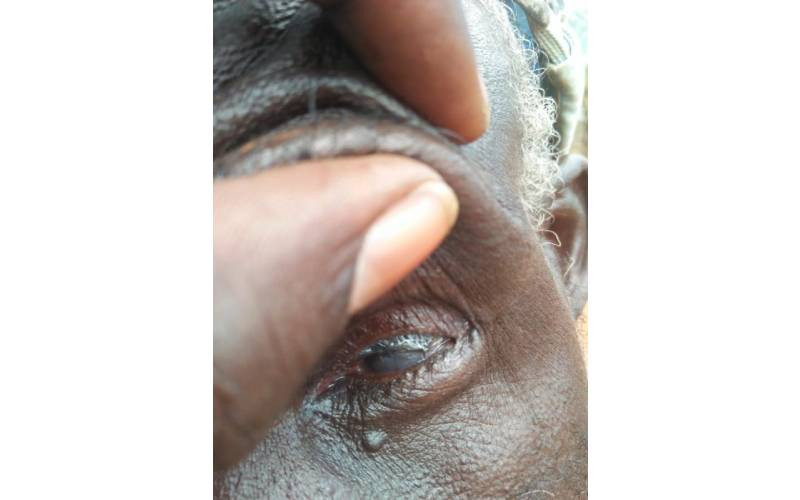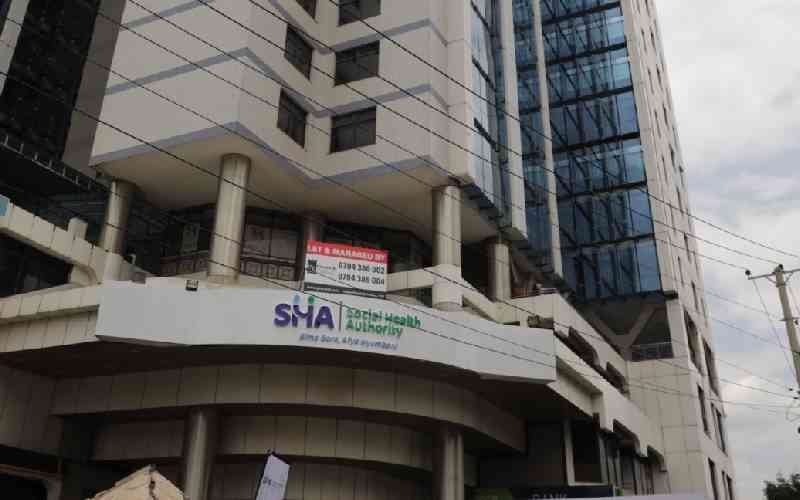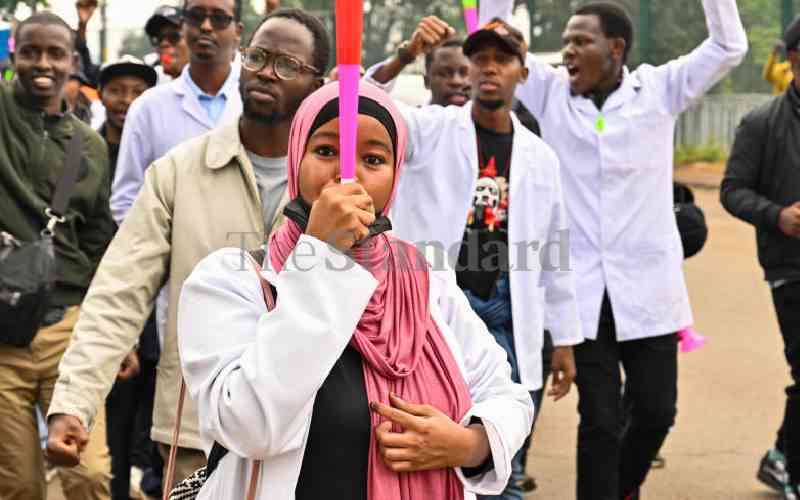
Trachoma remains a neglected tropical disease in Kenya, despite 10 million people being at risk of contracting it, more so in arid and semi-arid where livestock is the main economic activity.
Dr Rebeccah Oenga, an ophthalmologist at Kajiado County Referral Hospital and coordinating eye care services in Kajiado County explains that trachoma is an eye disease caused by bacteria, known as chlamydia trachomatis that causes inflammation or conjunctivitis in the eye.
The disease presents with redness, tearing and discharge. Recurrent infection causes scarring on the underside of the eye and the scaring causes the shortening of the lid, which leads to the interning of the eyelashes, causing trauma to the cornea of the eye, leading to loss of sight.
According to the eye specialist, trachoma is preventable in areas where there are adequate water and sanitation facilities.
"Trachoma is transmitted from one person to another through fingers, sharing of personal items such as items, and also when flies move from one child's eye to another, especially among children.
"Mothers also easily get the condition because they take care of their infected children," says Dr Oenga. The disease, she adds, is managed through surgery to prevent blindness and the provision of antibiotics that are given to the community to bring down prevalence. Facial hygiene and cleanness through school involvement programmes are also applied.
"Environmental improvement/sanitation is done where communities are asked to dispose of human waste properly, and separate dwelling places for animals and humans to reduce flies within homesteads," said Dr Oenga.
Currently, the prevalence of trachoma is 10 per cent in Kajiado South, 8 per cent in Kajiado West and 7 per cent in Kajiado East.
- Social enterprise banks on affordable eyeglasses in war against blurry vision
- Ending River Blindness: A disease we can conquer
Keep Reading
To treat and avert infections, medics work with community health volunteers. However, surgery does not reverse blindness caused by trachoma. If done on time, it prevents someone from becoming blind.
Prevalence of trachoma is high in rural areas, due to scarcity of water, lack of health facilities and poor roads network. The disease affects the older population, who gets blinded, with children getting an active form of trachoma.
Even with measures in place, there is fear of the unknown in the community, in embracing surgery. Instead of seeking help from experts, locals visit traditional healers, which worsens the cornea of the eye, resulting in loss of sight, due to severe eye infection.
"A high number of individuals decline surgery. The community believes it is a normal part of ageing, and wonders why they would undergo surgery," explained the specialist.
Trachoma surgery takes about 10 to 15 minutes. The surgeon reverts the eyelid using a clump (eyelid clump), and the inner side of the eyelid is exposed to the surgeon who makes an incision, from the lid margin to the tussle plate.
 The Standard Group Plc is a multi-media organization with investments in media platforms spanning newspaper print
operations, television, radio broadcasting, digital and online services. The Standard Group is recognized as a
leading multi-media house in Kenya with a key influence in matters of national and international interest.
The Standard Group Plc is a multi-media organization with investments in media platforms spanning newspaper print
operations, television, radio broadcasting, digital and online services. The Standard Group is recognized as a
leading multi-media house in Kenya with a key influence in matters of national and international interest.











